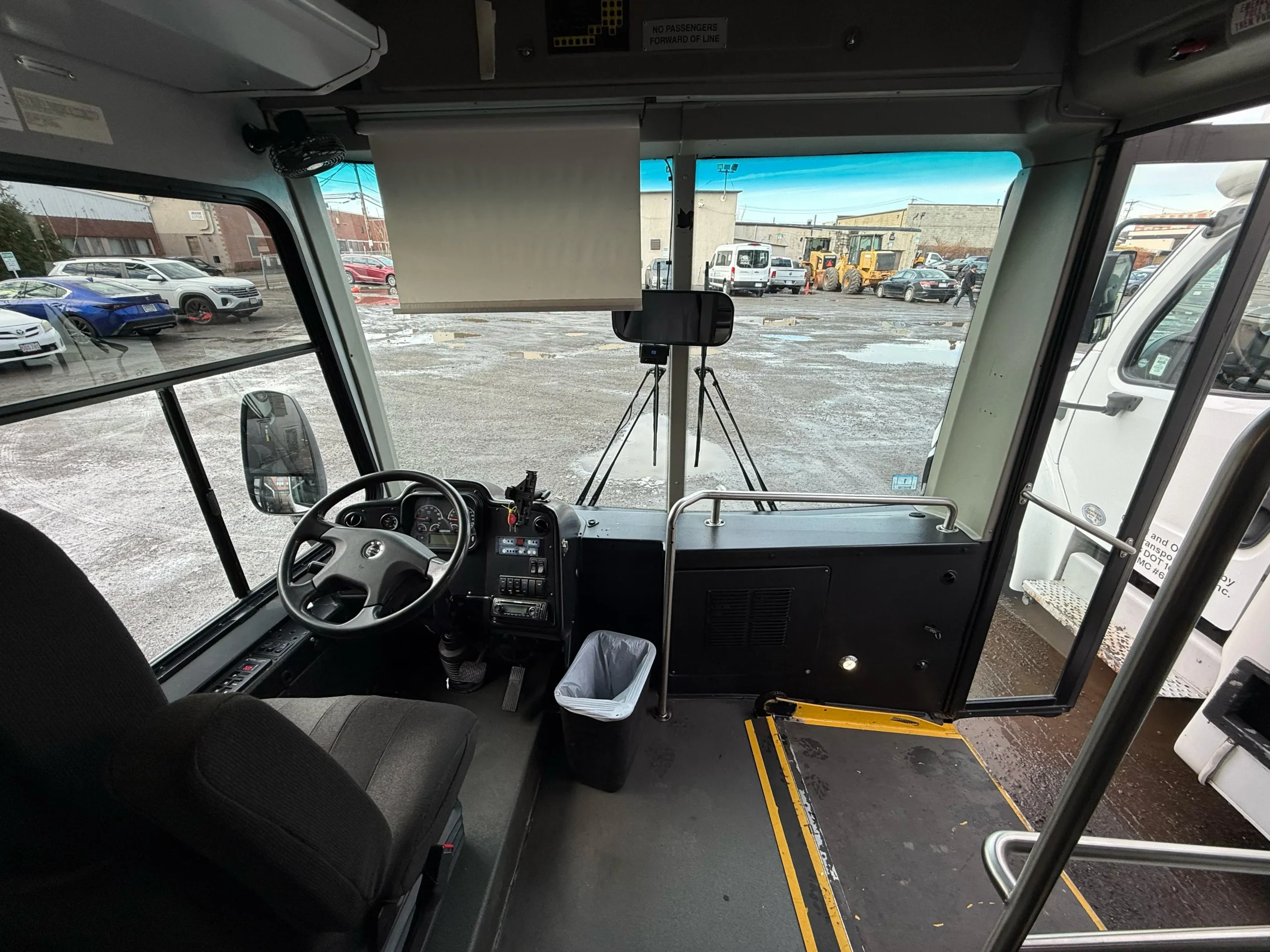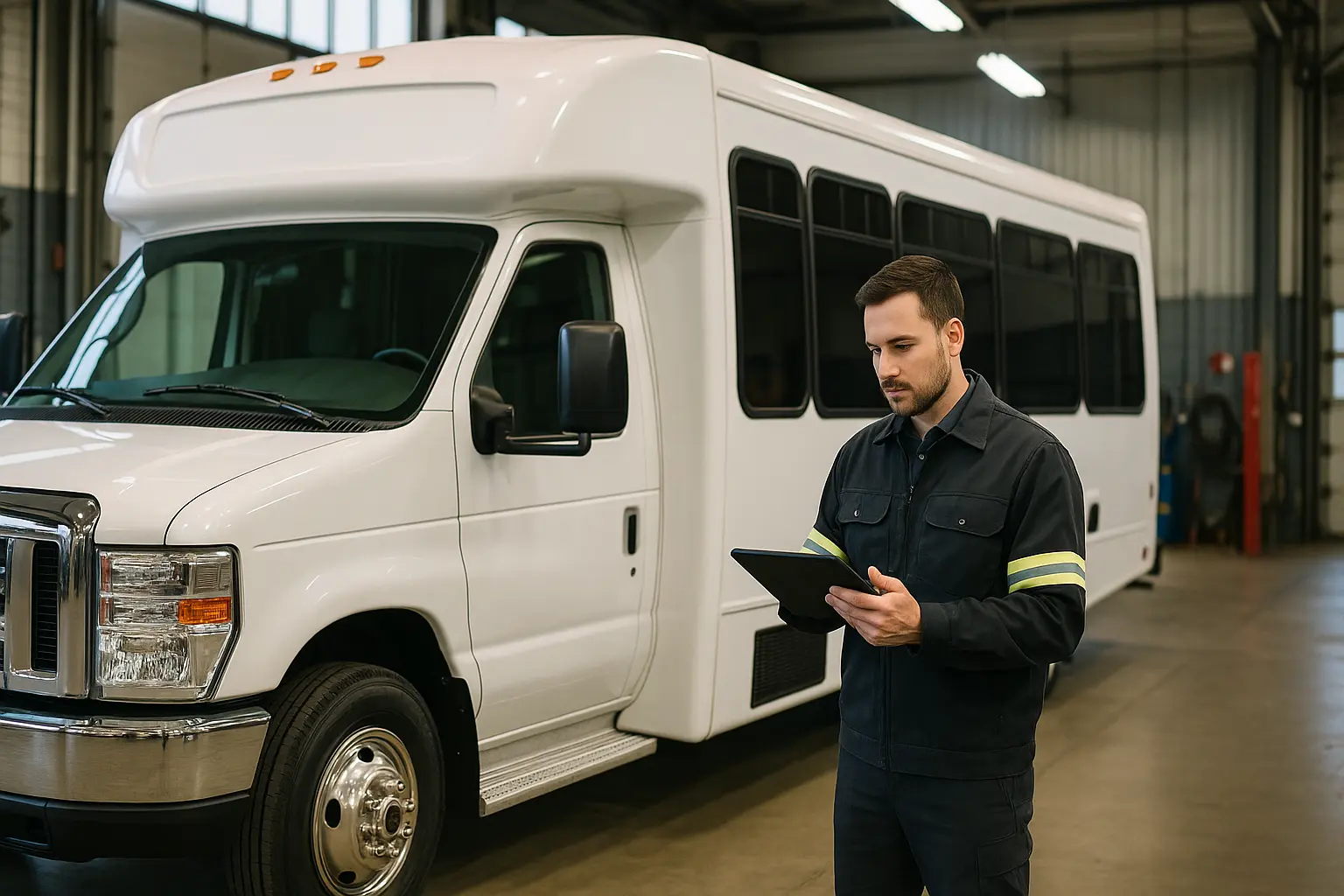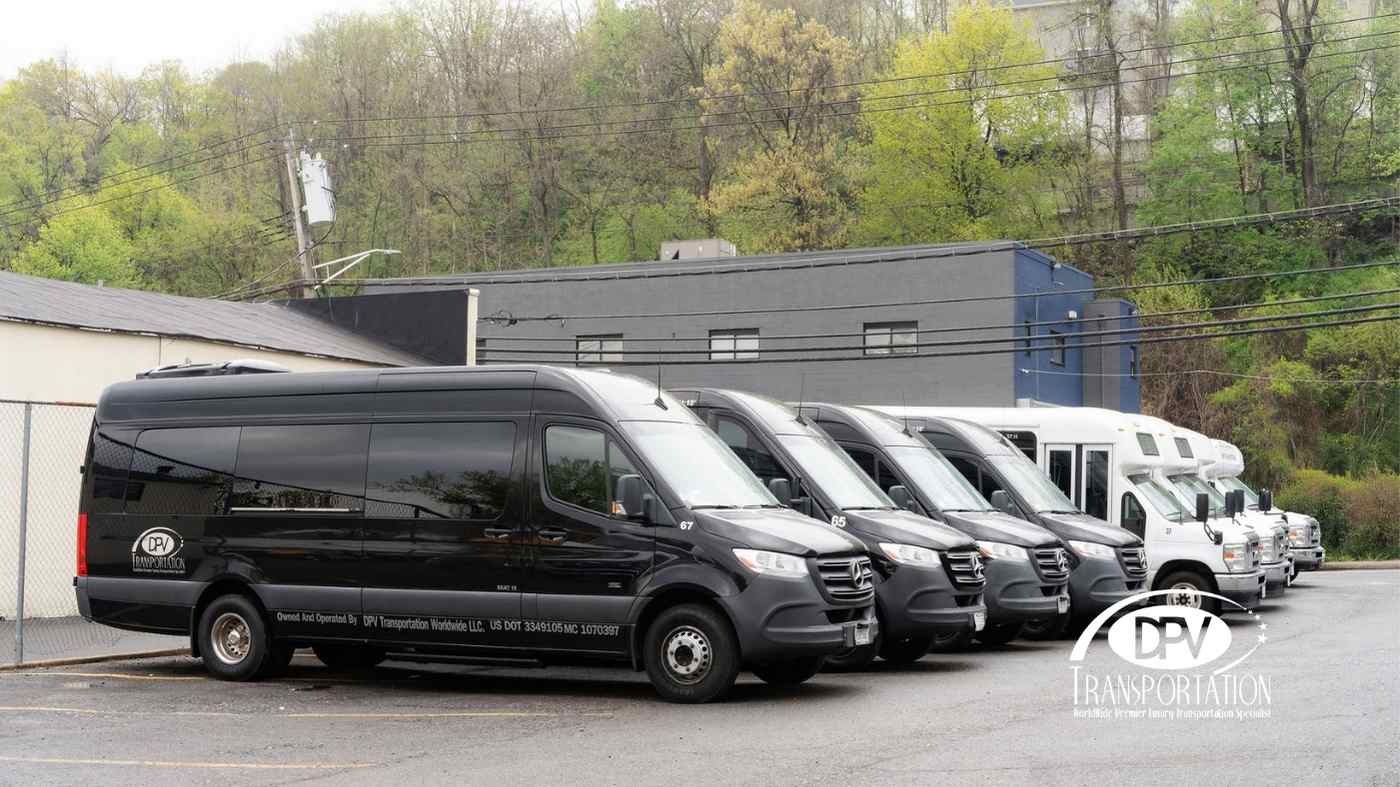Ridership Data You Need Before Launching or Bidding a Shuttle RFP

Before issuing a shuttle RFP, you need ridership data that reveals how, when, and where people travel. Key metrics include boarding counts by stop and time, origin-destination patterns, load factors (vehicle occupancy), and trip times. This data allows you to model accurate routes and headways, right-size your fleet, and set service expectations that reflect real demand—ensuring cost efficiency, rider satisfaction, and fewer change orders later.
Before a university, a corporate campus, or a hospital issues a shuttle RFP, the most strategic step isn’t choosing a vendor — it’s understanding the data. Without accurate ridership insights, even the most well-written RFP can result in inefficient routes, overcrowded vehicles, or underutilized service.
In today’s data-driven mobility programs, ridership modeling provides the foundation for every operational decision — from vehicle size to headways, to emission reduction goals.
Why Ridership Data Comes First
When a shuttle program is being designed or restructured, decision-makers often jump straight to service specifications or pricing. Yet ridership data — who rides, when, and where — is the input that shapes everything else.
Collecting accurate baseline data allows planners to:
- Right-size the fleet and avoid overspending on unused capacity
- Determine peak-hour demand versus off-peak dips
- Calculate realistic headways that balance service quality with cost
- Quantify greenhouse gas (GHG) savings when replacing single-occupancy trips
By modeling demand first, organizations ensure that the eventual RFP aligns service frequency and routes with real-world need.
What Ridership Data You Need Before Launching or Bidding a Shuttle RFP?
The Core Data Elements Every Shuttle RFP Should Include:
1. Boarding and Alighting Counts
At minimum, planners need boarding and alighting data per stop and per time block (typically 15-minute intervals). This helps identify load patterns and informs bus capacity decisions.
For example, a hospital might find 60% of trips occur during nursing shift changes, requiring denser headways between 6–9 a.m. and 6–9 p.m.
2. Origin-Destination (OD) Data
Understanding where passengers start and end their trips — even within a campus or multi-building environment — highlights redundancies and gaps.
Modern fleet systems can gather OD data using badge scans, mobile apps, or anonymous Wi-Fi pings.
3. Temporal Patterns (Day, Week, Semester)
Universities and corporate campuses often experience seasonal or weekly variations. Tracking ridership across academic terms, holidays, and weekends reveals when services can be scaled down or when extended coverage is needed.
4. Vehicle Occupancy and Load Factor
Average load factor (percentage of seats filled) shows system efficiency. A healthy benchmark is typically 60–80% occupancy at peak. Below 50% suggests underuse; above 90% indicates overcrowding or service gaps.
5. Wait Times and Trip Times
Pairing ridership counts with time data allows calculation of average wait time and in-vehicle time. These metrics determine perceived service quality — a key element in commuter satisfaction surveys.
6. Access and Equity Data
Especially for universities and hospitals, understanding ADA usage, first/last-mile access, and off-peak riders (such as night-shift employees or students with accessibility needs) ensures inclusive service planning.
Recommended read: How to Start an Employee Shuttle Program
Tools for Collecting Ridership Data
There are several methods to obtain accurate baseline data before writing an RFP:
- Manual counts: Staff or temporary auditors observe boardings at each stop.
- Automated Passenger Counters (APCs): Installed on existing shuttles to gather real-time boarding data.
- Mobile ticketing or swipe systems: Generate anonymized trip records automatically.
- Bluetooth/Wi-Fi sniffers: Detect device movement patterns for OD modeling.
- Rider surveys: Add qualitative insights on satisfaction, trip purpose, or missed trips.
Combining at least two methods produces a more complete dataset, balancing quantitative and qualitative insights.
Turning Data Into Route Models
Once data is collected, the next step is to simulate potential route options. Most transit planners use software such as TransCAD, Remix, or ArcGIS to overlay stops, road geometry, and demand density.
The process typically includes:
- Mapping current ridership hotspots (e.g., parking lots, dorms, office buildings)
- Clustering nearby stops to reduce redundancy
- Testing different headway intervals (10-, 15-, 20-minute service)
- Modeling walking catchment zones (¼ mile radius)
- Estimating total travel time and operational cost per route
Each simulation outputs KPIs like average wait time, fleet requirement, and vehicle hours — helping procurement teams write precise RFP specifications.
Recommended read: How Employee Shuttle Services Improve Productivity
Baseline Data = Better RFPs
Issuing an RFP without solid data often leads to misaligned expectations and frequent change orders later. Conversely, an RFP informed by reliable ridership modeling gives both client and operator a shared factual baseline.
Procurement teams can:
- Set realistic performance benchmarks (e.g., on-time % > 95%)
- Require data reporting standards (APC integration, monthly ridership reports)
- Specify fleet composition and scalability clauses
- Evaluate bidders based on proven data analytics capability
The Bottom Line
Ridership data isn’t just a pre-planning step — it’s the compass for every shuttle program. Whether your organization operates 3 vans or 30 motor coaches, collecting and analyzing this data ensures your RFP leads to a service that’s cost-efficient, reliable, and rider-centric.






